In 2017, Cascais began to rehabilitate the abandoned Santa Maria do Mar property to revive the Carcavelos wine making tradition in the region, a unique fortified Portuguese wine produced since 1907, and to provide an urban, highly densified neighborhood with a much-needed green space.
In 2022, the site was officially reopened, and the first harvest completed with the support of the public: the wine may still be sleeping in the barrels, but the locals’ sense of pride and belonging are wide awake
Once a fishing village surrounded by a rural territory, Cascais became an attractive urban area over the last 50 years, highly urbanized and very touristic, where lands dedicated to traditional agriculture became scarce.
Population also changed, with a mix of national "migrants" whose families have always been involved in agriculture and a younger and more recently settled population looking for a more sustainable way of life and greater proximity to nature.
Considering these challenges, Cascais decided 10 years ago to implement an urban agriculture plan with community gardens. As part of this strategy, the municipality also decided to revive another local traditional product: the Carcavelos wine. This fortified wine is unique and made with autochthonous grapes, typical from the 1907 demarcated region and protected by new European regulation since 2004.
Unfortunately, due to massive population growth in this area and real estate pressure, many vineyards have been torn down to make way for residential construction. With only 4 vineyards left and faced with the danger of seeing the history of Carcavelos wine disappear, in 2017, Cascais acquired one of them, inserted on the property of the Monastery of Santa Maria, which had fallen into disuse: the last Benedictine Sisters living there left in the early 2020; the vineyards had died from lack of maintenance; and damaged sheds oblige the municipality to close the site.
To carry out this mission, the environmental management team of the municipality of Cascais worked to assess the operational and environmental challenges to define a plan that combines the needs of the Sassoeiros community and the revival of the wine making tradition, and to awake a sense of pride and belonging among the local community.
Although the property includes the old monastery building, our application will focus on the vineyards, the community gardens and leisure area rehabilitation since the renovation of the building will happen later.
Please highlight how the project can be exemplary in this context
Besides adopting an organic production approach, the team also chose to apply the principles of regenerative agriculture: it aimed at recovering soil fertility organically, on land that has been left neglected for many years. Regenerative agriculture is a method of increasing the biodiversity of the land through non-destructive techniques: without plowing, promoting the fixation of water and nutrients with the coexistence of productive and spontaneous plant species.
How? By reincorporating organic matter through the following measures: introduction of animals (chickens, sheep) that naturally fertilize the soils, introduction of carefully chosen turf (7 autochthonous species well adapted to the climate)) for the lines between the vines and mulching to retain moisture.
All these measures allow a natural microbiological inoculation in the soils, so the plant become more resistant to pests and diseases.
The plant feeds the soil, and the soil feeds the plant: the virtuous cycle is in progress!
Our regenerative agriculture project applies the principles of the circular economy by using existing organic materials and thus saving human, natural and energy resources.
That way, we ensure that the project can last over time, is sustainable and self-sufficient, without wasting resources or using chemicals that are harmful to public health.
Please highlight how the project can be exemplary in this context
The Sassoeiros neighborhood is located within the Cascais region. This is a highly densified urban area, with almost no green and recreational green space due to the growing real estate needs.
Considering the reality of the neighborhood, attention was drawn to provide the community with a beautiful, bucolic place, conducive to relaxation, reflection and overall, well being.
- Some abandoned barns were demolished thus improving the appearance and the regeneration process of the forest edge.
- The existing trees (very tall and over 100 years old) were maintained as they protect the vines from the winds and provide shelter to local birds but also to ensure a sense of proximity with nature.
- A sitting area was strategically created around the vineyards, close to the monastery to allow the contemplation of the sea from the highest point of the property.
- New trees and shrubs were planted to neutralize the noise from automobile traffic, and to frame the footpaths.
- The choice of the type of street furniture considered the connection between natural and built space, creating a contemporary note that respects the requirements of robustness and durability of a public space.
Please highlight how the project can be exemplary in this context
The inclusion of the local community has been a key factor for the success of the project:
- Equal opportunities: although residents living within a 400 m radius of the site has priority to access to the community gardening plots, the registration process is open to all.
- Public participation: residents are challenged to participate to the vineyard’s activities like harvesting and pruning processes. For example - 60 of them joined the first harvest of the Carcavelos wine in September 2020.
- Citizen engagement: some active horticulturists take care of their plots but also act like a “guardian” of the space, reporting any misconducts they acknowledge. A few are also “ambassadors”: They agreed to participate in interviews to promote the tradition of Carcavelos wine and to encourage the participation of the local community.
- Co-design: as a suggestion from the locals, outdoor exercise equipment was added to the original plan.
- Affordability: no rent is charged to get access to a plot of the community gardens, making sure all the families have access to this initiative.
- Accessibility: access to the property is guaranteed year-round, from 8.30AM until 6PM (8PM during the summer), including on weekends and public holidays.
Please highlight how this approach can be exemplary
What makes our project exemplary and unique is the transdisciplinary approach that was applied: the various technicians involved in the operational plan carried out surveys in various areas before seeking satisfactory solutions for the rehabilitation process as a whole:
- Agronomists: carried out various types of analysis (for example, of sap) to understand the current state of the soils and implement the necessary actions. For example: to strengthen the microbiology of the soils, it was decided, among other actions, to introduce animals (chickens, sheep) to the farm. These animals, which come from another farm in Cascais, naturally fertilize the soils, contributing to a healthier ecosystem that is more resistant to pests and diseases.
- Biologists: conducted a characterization of the birds present in the area (30 native species) to draw up recommendations for their preservation. For example: it was decided to protect the vineyards from birds with specific nets during the most critical months for the ripening of the grapes, but it was also agreed to open the vineyards at other times of the year for the birds to feed.
- Landscape architects: sought to offer the residents a genuine experience without disturbing the existing fauna and flora, while considering the specificity of the terrain and its slope, the locations of the forest, the agricultural areas, and the monastery. Thus, the decision for the location of the leisure area was made after the most suitable locations for the spaces dedicated to nature and agriculture had already been established.
The residents also made suggestions and requested the installation of outdoor fitness equipment, installed along the walking paths.
First, we would like to share some tangible results:
- 2.7 ha of vineyard area planted in 2019, grafted in 2020 and harvested for the first time in 2021.
- 4 800 kg of grapes harvested - turned into 3500 liters of wine must.
- 60 people registered for the first harvest
- 240 shrubs were planted
- 17 community vegetable garden plots offered to the local population
- 8 outdoor exercise equipment
- 9 park banks to sit
Although we achieved several quantifiable goals, the most important result for us, and not so easy to quantify, was to succeed in gathering and involving the community around a common project, which aims to revive a forgotten wine-making tradition.
It has always been a key aspect of the project, to ensure that the know-how and the traditions attached to the Carcavelos wine continue to be passed on from generation to generation.
The history and characteristic of this sweet wine has created a common interest among the residents and made them feel even more connected to the land where they live.
That’s why we met with some horticulturists, residents, and participants of the harvest to record their testimony and understand what the project meant to them. Transcriptions of the recording are enclosed to our application and the full interview is available on Cascais Youtube channel.
Please also explain the benefits that derived from their involvement.
We highlight 3 interactive areas:
- Community gardens: all residents within a 400 m radius have priority to apply but residents from other neighborhoods are also welcomed. After registration, each family is assigned a plot e receive a training on the fundamentals of organic agriculture and other rules applied (production is only for consumption and cannot be sold; no automatic irrigation is allowed).
- Harvest: the first harvest of the Carcavelos vineyard, held in September 2021, was an opportunity for neighbors to meet and enjoy the new space. On the day of the event, more than 60 persons ended up joining in and as a result, 4 800 kg of grapes were harvested! Local winemakers from other community vineyards from Cascais were also invited to help the residents and promote knowledge transmission.
In the future, locals will be challenged to participate in other vineyard related activities such as pruning.
- Visits to the site: access is guaranteed year-round, from 8.30AM until 6PM (8PM during the summer), including on weekends and public holidays. People usually visit the place to enjoy the outdoor exercises machines, walk around the vineyards to enjoy the view of Cascais’ bay and enjoy the trees and shrubs diversity and birdwatching.
By involving the local population, not only we make sure that the specific knowhow of the Carcavelos wine continue to pass to younger generations as we revive interest in agriculture tradition, lives, and culture of the Cascais region.
It also brings together residents who otherwise would not have had the opportunity to interact. It is well known although difficult to quantify, that activities that bring together people from different communities end up being factors of social inclusion and reduction of conflicts.
Finally, the cooperation and participation of the public is essential for the maintenance of the common spaces and equipment and guaranty visitor with a great experience.
The project addresses several SDGs:
- Zero Hunger – SDG nº2: The fruits and vegetables produced are for the consumption of the owner (no rent in charge), thus granting families access to fresh and nutritious food.
- Good health and well-being- SDG nº3: the closeness of a green space in the middle of the urban fabric allows the neighborhood's residents to take walks in a bucolic and calm environment, or do fitness circuits thanks to the outdoor equipment available, thus improving physical and mental health of users.
- Reduced inequalities– SDG nº10: part of the project consists in transferring information to the whole community about the Carcavelos winemaking tradition and organic agriculture. By educating and raising awareness about environmental issues and community projects, we tend to facilitate the knowledge access, provide locals with new skills, and thus reduce inequalities and ensure equal opportunity to all.
- Sustainable cities and communities – SDG nº11: the project transformed the Sassoeiros urban neighborhood by providing the residents with a green space, community plots for gardening.
- Sustainable consumption and production – SDG nº 12: the community plots also help in reducing waste production since it provides its owners with fresh fruits and vegetables that would otherwise come packed in plastics from the supermarkets.
- Climate action – SDG nº13: urban green spaces have a high ecological value for the diversity of native flora and important habitats for conservation that provide refuge and food for wildlife. In addition, these spaces contribute to good air quality, thermal mitigation, water infiltration into the soil and groundwater recharge.
- Life on land – SDG nº 15: the incorporation of organic matter induced by the regenerative agriculture mode, retains moisture, and sustain healthier soils, so there is no need to use automatic irrigation or pest control products, thus contributed to halt biodiversity loss and reverse land degradation.
Community urban agriculture projects have been developing all over the world, however, viticulture has generally become an area more reserved to professionals or wine enthusiasts.
By sharing a wine-related project with the population, we are reminding them the importance of wine traditions in the life of the Portuguese, that for many centuries was a popular habit that involved the local community and characterized the landscape.
Additionally, the choice to revive the wine of Carcavelos was a challenge: despite being part of the traditional quartet of fortified wines (with Port, Madeira, and Moscatel wines) for the first time recognized in 1907, Carcavelos wine lost its popularity of the 18th century, and was on the verge of disappearing completely from Cascais. These new vineyards are therefore a differentiating element from other projects, and the wine uniqueness strengthens even more the sense of pride of the locals involved.
Another innovative aspect is the incorporation of the principles of regenerative agriculture: it is no longer enough to use organic agriculture; it is important to go further and develop production methods that make soils more sustainable and resilient to climate change. Once again, this agricultural approach recalls the habits of our ancestors, who made a reasonable and responsible use of the available resources, to extract from the land only what they needed, according to the rhythm of the seasons.
Finally, the transdisciplinary approach should be highlighted too: carried out by a local municipal team of technicians (agronomist, landscape architects and biologists) with the participation of the public, the project allowed the recovery of an extinct tradition, considering the ambitions of the municipality, the population, and the local reality.
Please provide clear documentation, communication of methodology and principles in this context.
The implementation of the project was based on the manual of Best Practices for the Design and Management of Green Spaces under Climate Change in Cascais, which recommends several, very detailed, stages of assessment to evaluate the soils and their fertility, suggest good practices in irrigation water management or how to preserve plants biodiversity, among other things.
This manual was itself based on various international agreements and methodologies:
- the European Landscape Convention (Florence, 2000): define landscape quality objectives and encourage the public to take an active part in its protection, conserving and maintaining the heritage value of a particular landscape.
- the Milan Urban Food Policy Pact (adopted in Cascais in 2018) : agreement among cities from all over the world, committed "to develop sustainable food systems that are inclusive, resilient, safe and diverse, that provide healthy and affordable food to all people in a human rights-based framework, that minimize waste and conserve biodiversity while adapting to and mitigating impacts of climate change
- IPCC report
- The 2030 Sustainable Development Goals.
We believe that the international set of “tools” used to implement the project makes it transferable to other contexts.
Winning the Bauhaus award would be a way to get visibility to disseminate our manual of good practices, presenting the concrete example of the rehabilitation of the site of the Monastery of Santa Maria do Mar and sharing the main learnings like the relevance of public involvement to carry out community projects, the importance of a transdisciplinary approach to the project to ensure its sustainability over time or the challenges faced.
For an efficient transfer knowledge with entities interested in replicate this kind of rehabilitation process, we would share the manual, the lessons learned and best practices, organize online face to face meetings and recommend visits on sites.
We send enclosed:
- participants testimonies
- plant of the property
- Manual of Good practises for design and management of urban green spaces
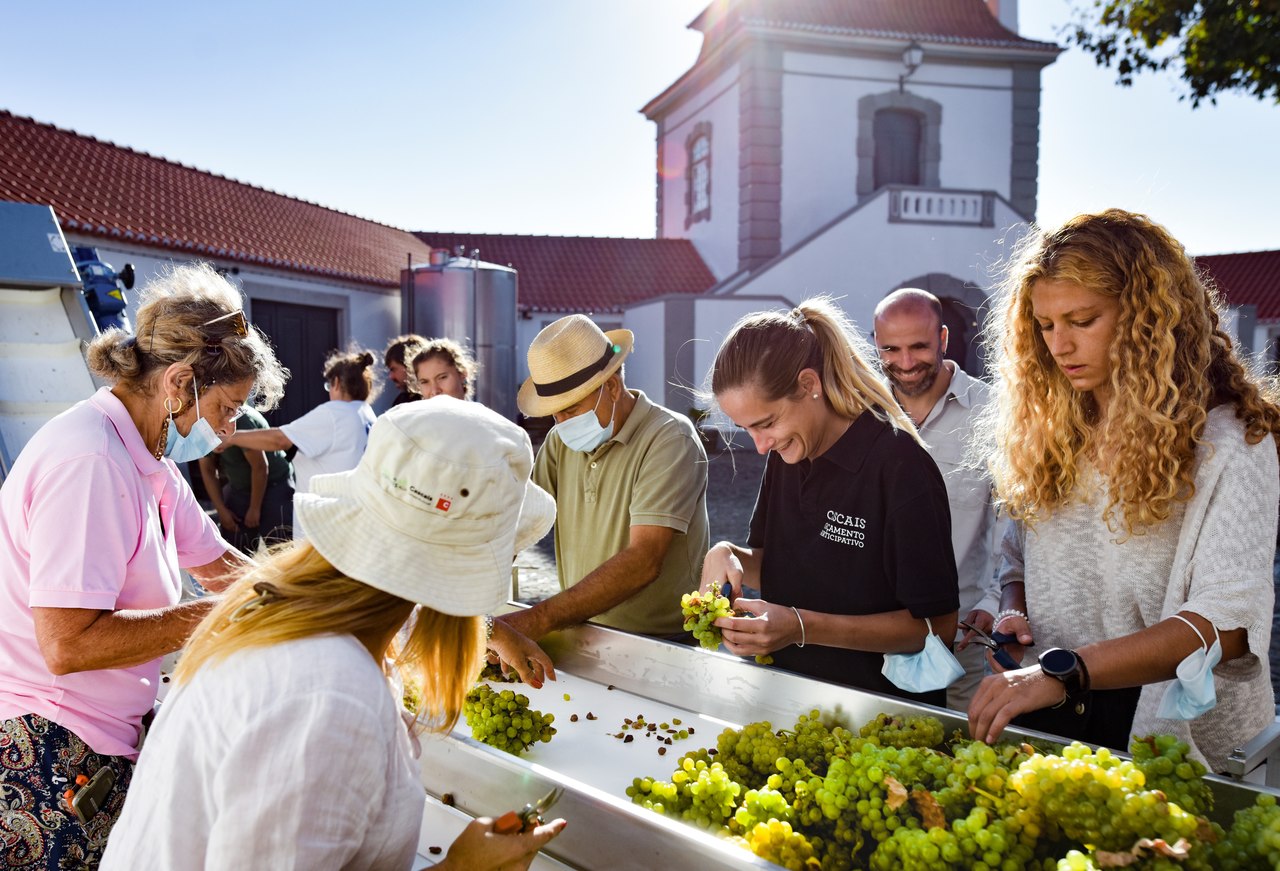
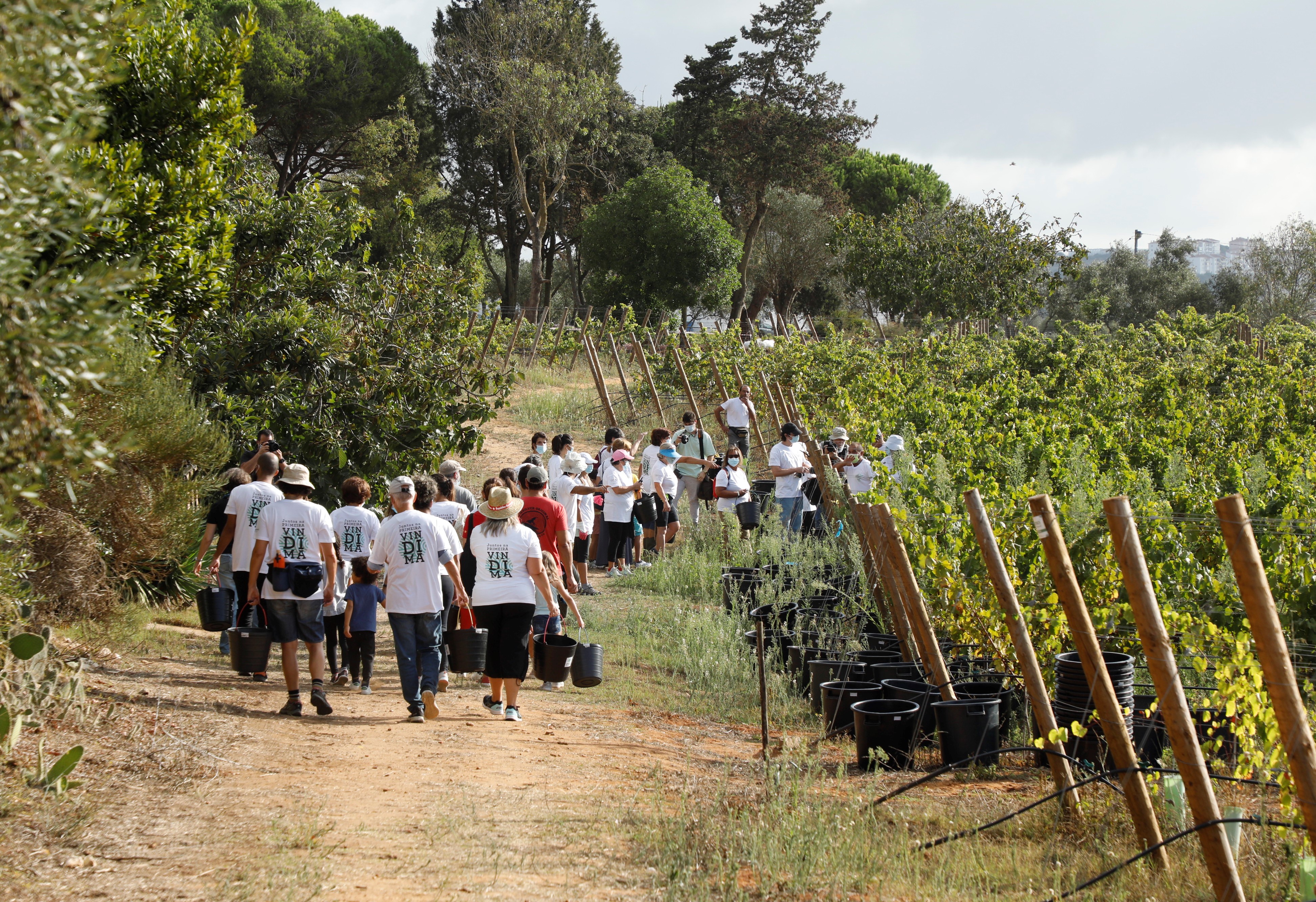
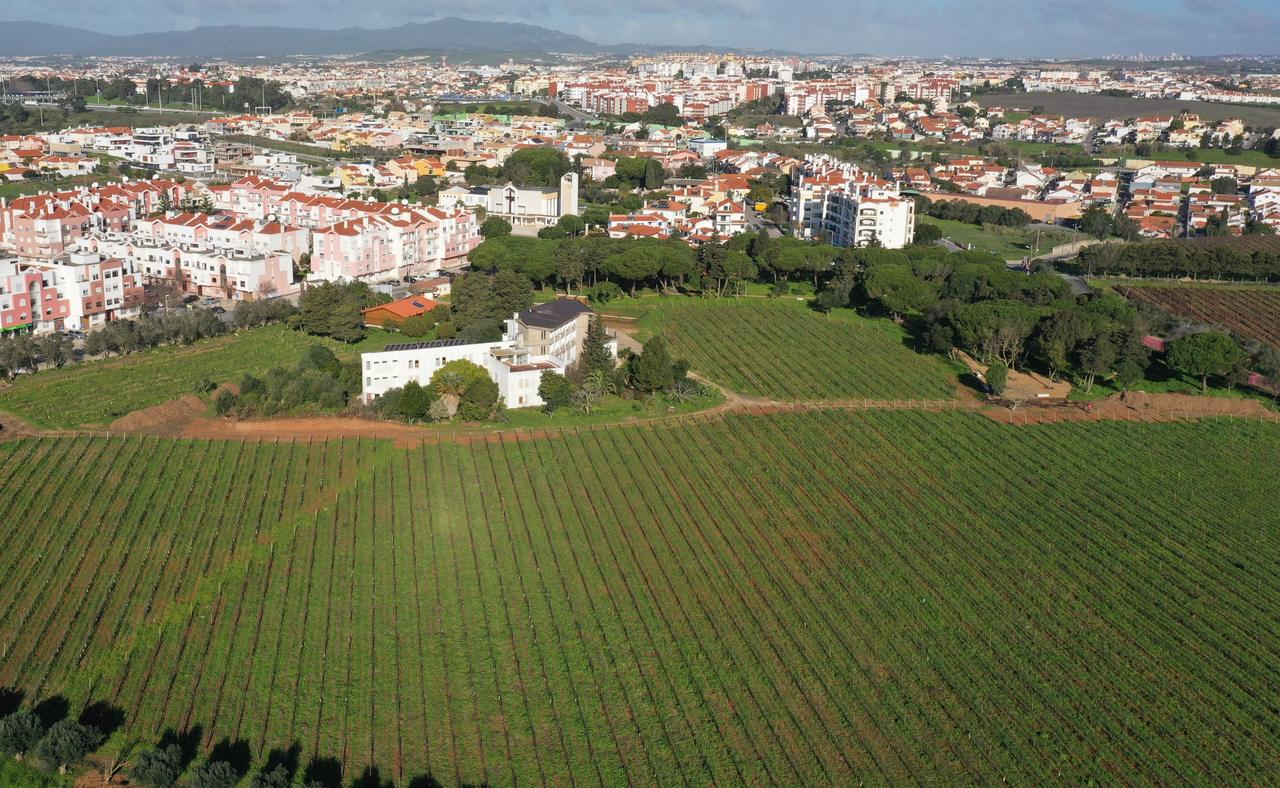
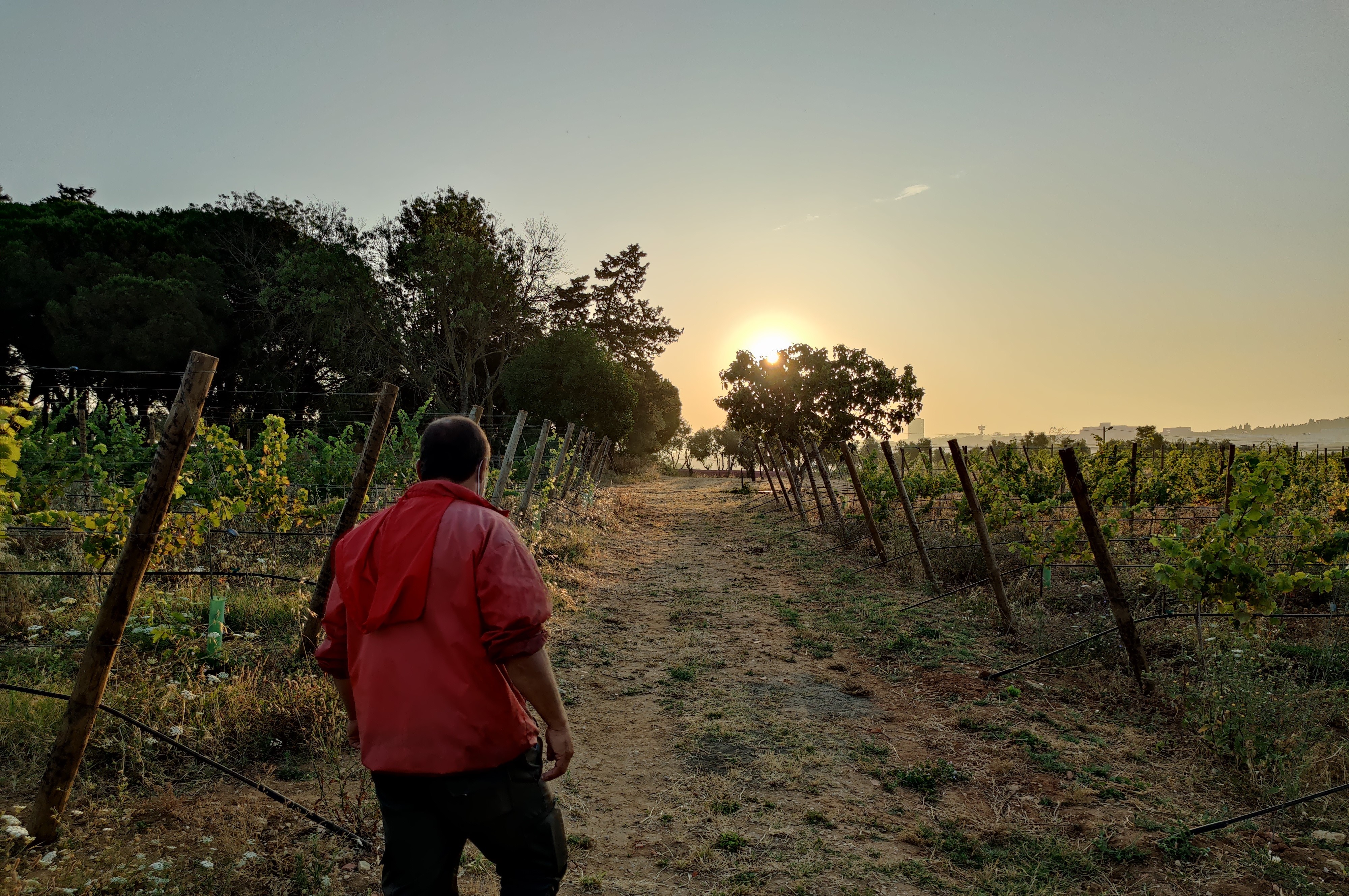
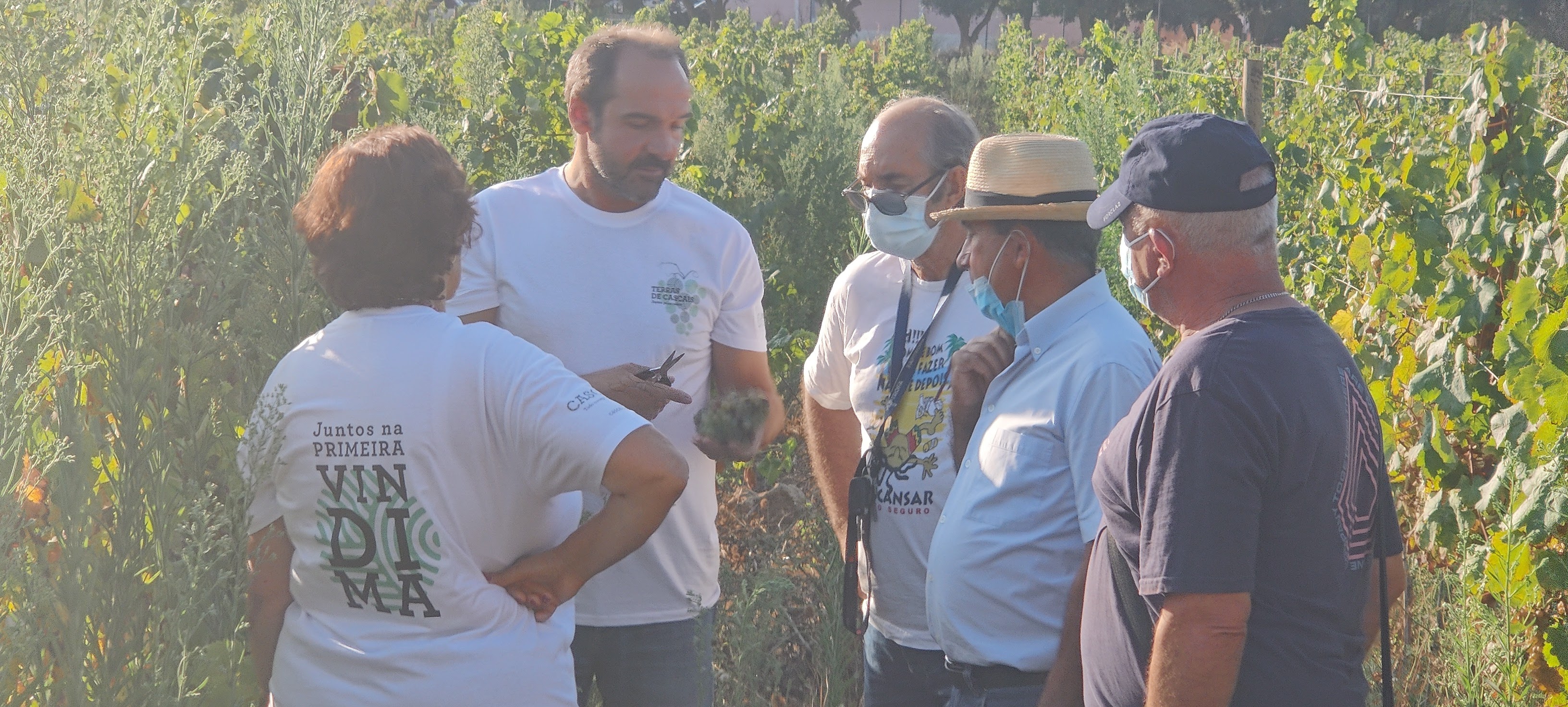

@Cascais Ambiente – Empresa Municipal de Ambiente de Cascais, E.M., S.A, 2022
Content licensed to the European Union.